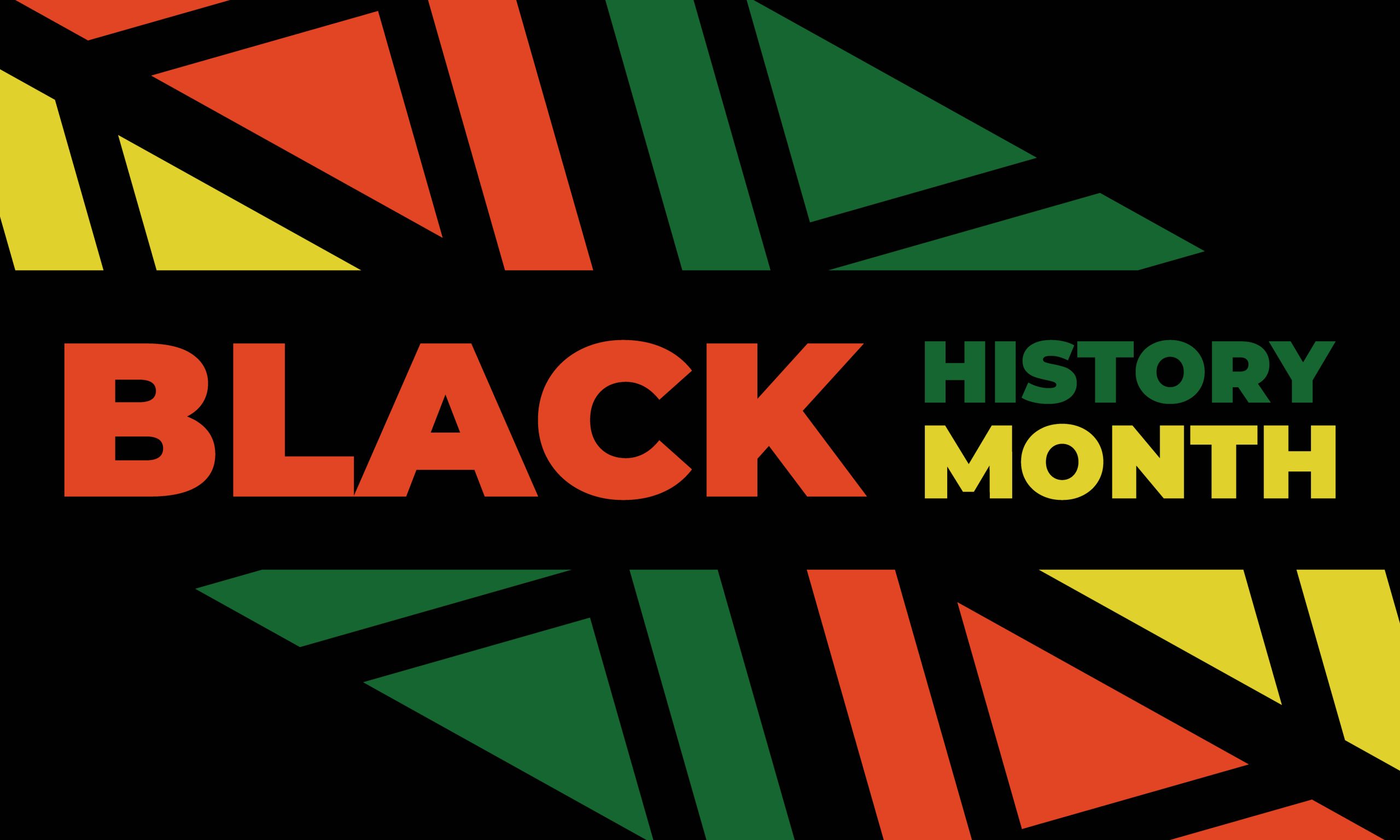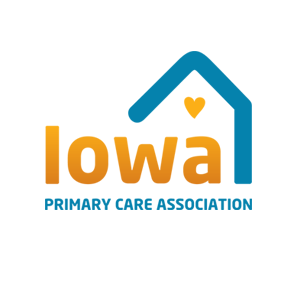Each year, February marks the celebration of Black History Month, a time dedicated to honoring the achievements and contributions of Black Americans now and throughout history. This annual observance has become a crucial part of our shared American experience, providing an opportunity to acknowledge the role Black Americans play in our nation’s society and culture. In this blog, we’ll explore the significance of Black History Month.
The Origins of Black History Month
The roots of Black History Month date back to the early 20th century, thanks to the visionary efforts of historian Carter G. Woodson. Woodson, often referred to as the “Father of Black History,” believed that understanding the history and culture of African Americans was essential to understanding the American experience. What started as a week-long observance in 1926 was expanded to a month in 1976, with Congress officially recognizing Black History Month in 1986.
Today, Black History Month is observed in the United States and around the world, celebrating influential historical figures as well as the current and next generation of Black leaders.
Why Black History Month Matters
Black History Month has evolved from an educational tool into a global celebration of Black culture and achievements. It serves as a reminder of the historical and ongoing contributions of Black individuals and communities to every aspect of society—from politics and education to the arts, sciences, sports, and beyond. It provides a platform to highlight the stories of Black and African American innovators, leaders, and activists whose accomplishments deserve recognition in our history.
Improving Health Outcomes for Black Americans
Black History Month also provides a meaningful moment to reflect on the healthcare disparities that many Black individuals and communities face. Factors like age, living in a rural area, access to transportation, quality of healthcare services, education access and affordability, and other conditions can all influence health outcomes.
Healthcare professionals today focus on reducing these preventable differences by improving access, affordability, and quality of care. While progress has been made, and there is more work to do. For example, the Community Health Center movement has helped increase access to care in rural and underserved areas. Community health centers are a vital resource, offering preventive care, dental care, mental health and substance use support to communities that previously lacked access to these services.
Black History Month Recognizes Black Leaders and Helps Reduce Barriers to Care
Black History Month highlights the ongoing need to address health disparities that contribute to poor health outcomes by emphasizing the importance of access to quality healthcare. By honoring the legacies of influential Black leaders —past and present—we’re reminded that reducing barriers to care can lead to better outcomes for everyone.


